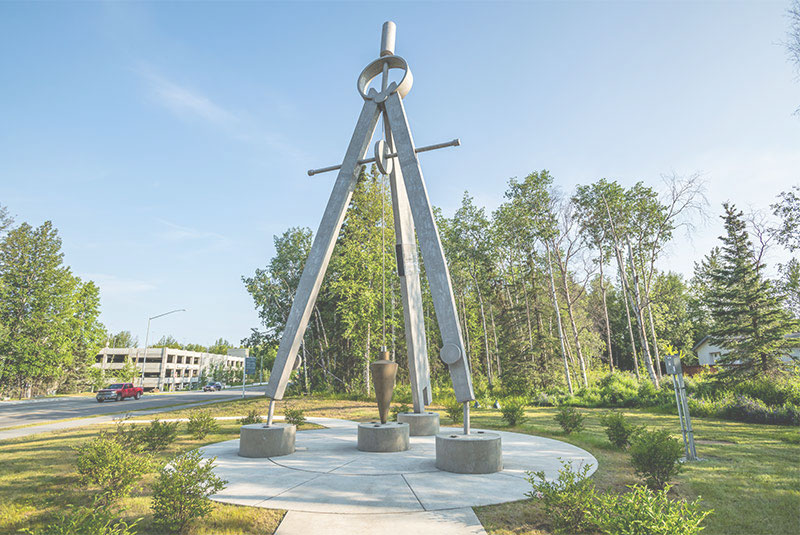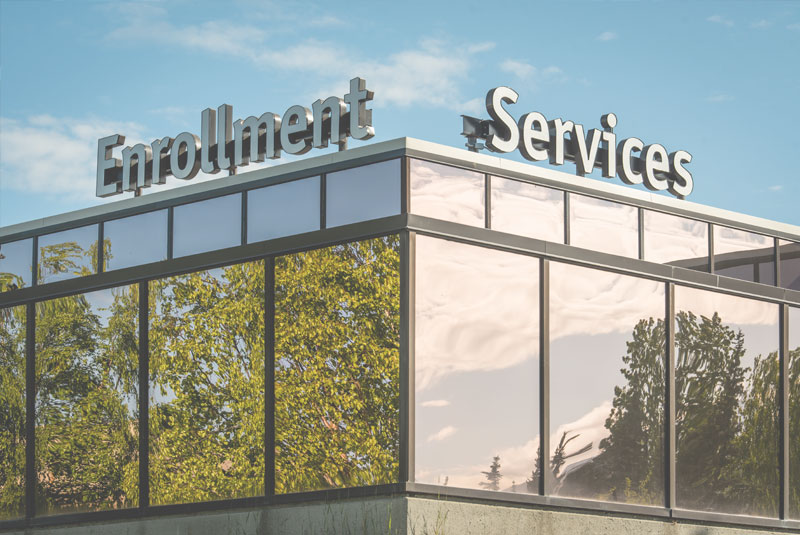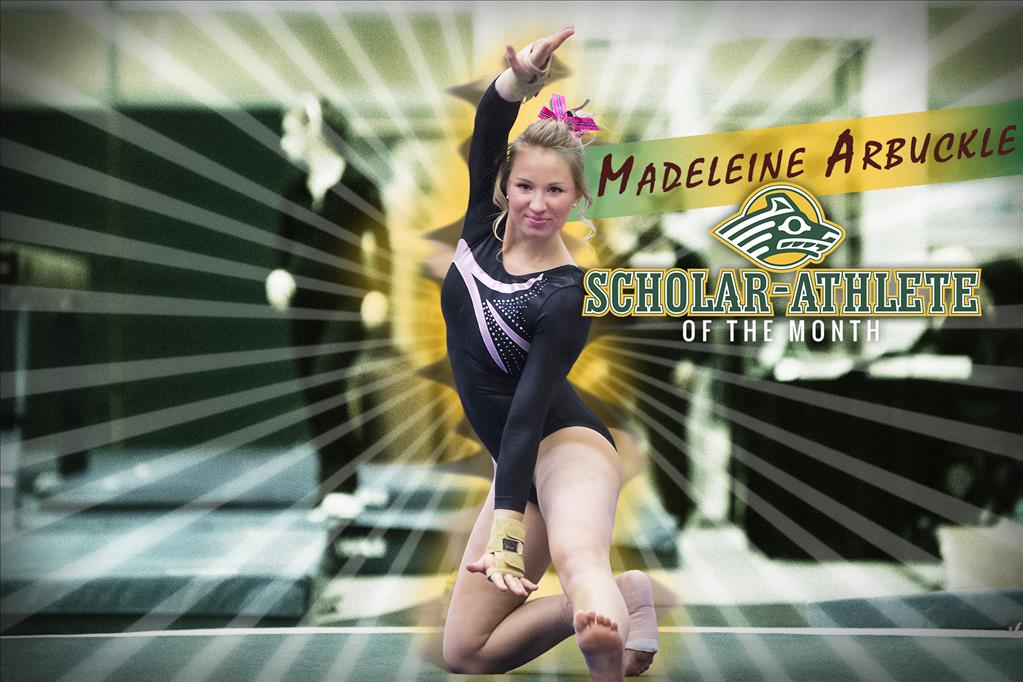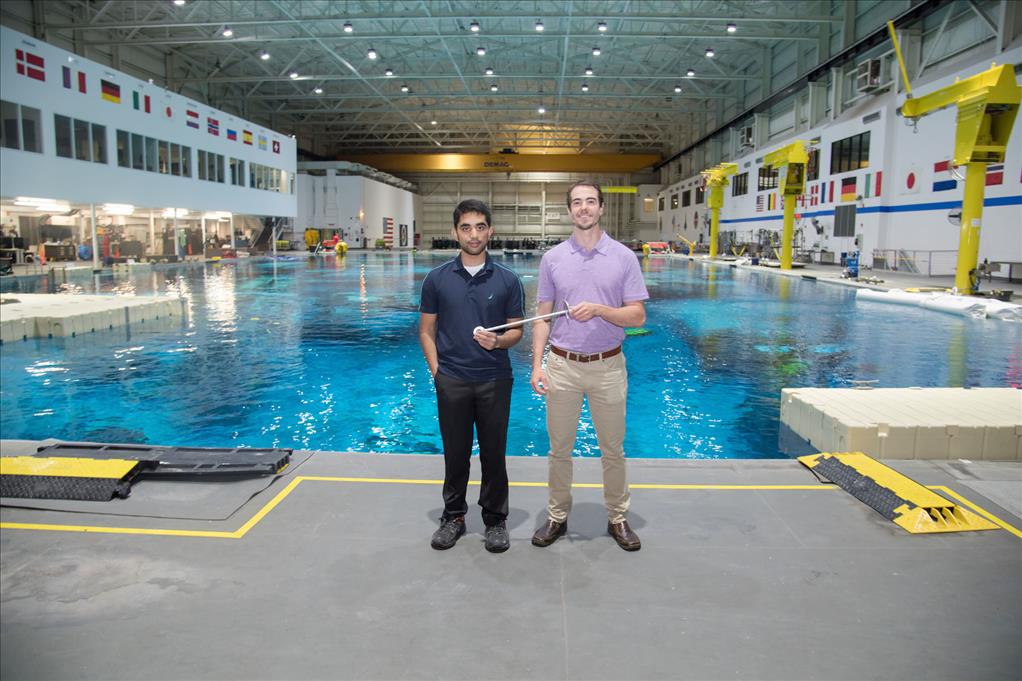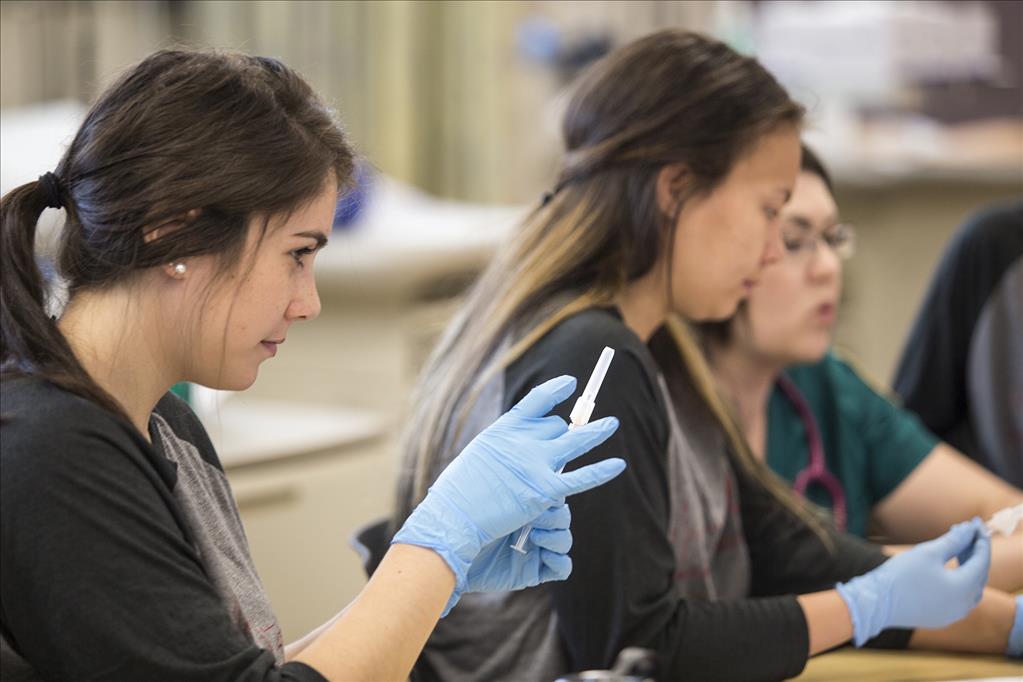Opportunity knocks at the Kodiak docks
by joey |
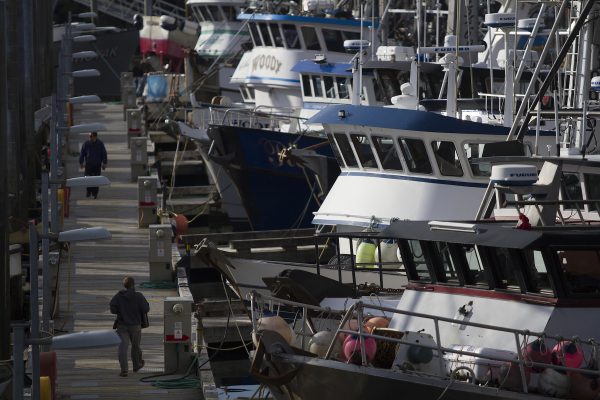
The port of Kodiak is the second-most prolific and third-most profitable harbor in the nation. (Photo by Phil Hall / University of Alaska Anchorage)
Fishing is big business in Alaska, but in Kodiak it's colossal. The small city is the second-most prolific port in the nation (513.9 million pounds of fish landed in 2015) and the third-most profitable ($137.5 million net worth that year, according to the National Oceanic and Atmospheric Administration).
"Alaska produces about 60 percent of the nation's seafood harvest every year," explained Alan Fugleberg, director of Kodiak College, a community campus of University of Alaska Anchorage. "It's a big deal [for the state], and it's really big for Kodiak."
Spurred by those numbers, as well as a statewide maritime workforce plan, Kodiak College launched a Maritime Workforce Development program in 2014. Fugleberg and L.A. Holmes, the program coordinator, consulted with members of the local fishing industry to see how their school could better serve its community and support those stats.
Through these surveys, it became clear the Kodiak community wanted to keep skills sharp and train new crews, but residents weren't necessarily interested in a maritime degree program. So Kodiak College responded with an assortment of accessible, convenient and focused workshops.
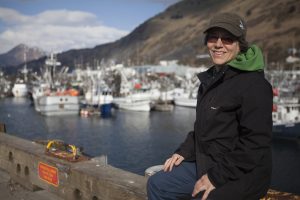
L.A. Holmes, coordinator for Kodiak College's Maritime Workforce Development program, at a harbor in Kodiak. (Photo by Phil Hall / University of Alaska Anchorage)
Holmes - a merchant mariner and former course instructor at AVTEC - took the community's requests and built a series of short courses on critical topic areas. She designed each workshop to be portable, hosted just as easily on campus or on deck. Courses range from several hours to several days in length.
The maritime classes aren't offered for course credit, Holmes explained, but simply to aid in the safety and success of fishermen across the Kodiak Archipelago.
"The vision of Kodiak College is to put students first through innovative teaching," she said of the program's design. "I can bring the teaching they want, to them, when they want it."
That portability is the program's defining feature. Course-specific totes line the walls of Holmes' office, each containing relevant textbooks and tools. Cases can easily fit in the bed of a pickup truck or the cargo hold of a Cessna, alongside an adjunct instructor.
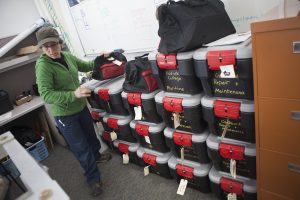
Course-specific totes line the walls of Holmes' office at Kodiak College. The Maritime Workforce Development program is completely portable, so courses can happen any where at any time. (Photo by Phil Hall / University of Alaska Anchorage)
"Those totes contain everything we need to teach, whether the classroom is in tech center on main campus across the driveway, or in Larsen Bay," Holmes explained. "It is my goal to be as responsive as possible to the community so I can be sure we are meeting their needs."
Several regional partners - including education non-profits, tribal organizations and even the Kodiak Island Borough itself - have worked with the college to offer courses at affordable rates. That combination of portability and affordability has created yet another program highlight: accessibility. Since Kodiak's short maritime courses aren't offered for credit, they can provide opportunities for students who aren't otherwise connected to continuing education.
"When Kodiak College takes a workshop in vessel repair and maintenance to our rural communities and those students end up using that to commercial fish, we are bringing cultural diversity and economic support to our program and to the national picture," Holmes said, citing Alaska's role in the national seafood industry. "That outreach not only contributes to us making the university better, but it contributes to the national economy."
Still young, the maritime program continues to meet community needs as they arise. Each semester features two standard classes - DC electrical and outboard maintenance and repair - but regional requests determine the remaining courses and locations. This past semester included six courses in Kodiak, a vessel system overview in Larsen Bay and a class for high school students in Old Harbor. Though Kodiak College has only provided courses on the archipelago so far, the school can send instructors and materials to coastal communities throughout Alaska.
"As a community campus, we're in a very unique position of being able to respond quickly if there is a need," Fugleberg noted. Kodiak College, he said, is the state's only member of the Marine League of Schools, and the traveling maritime program has caught the eyes of peer institutions nationwide. "It's just a very unique program," he added. "I really don't think there's much else like it anywhere in the country."
Holmes is happy to be leading the unique initiative, expanding access to education in a valuable industry and region. "Looking at the map and seeing Alaska is 62 percent of national landings, and knowing my program serves people who are making that number, it's pleasing," she said. "The little town of Kodiak is number three in the nation for dollar value. That tells you right now what a phenomenal resource we have in our backyard."
And through its maritime workforce program, Kodiak College is developing a phenomenal resource on land as well.
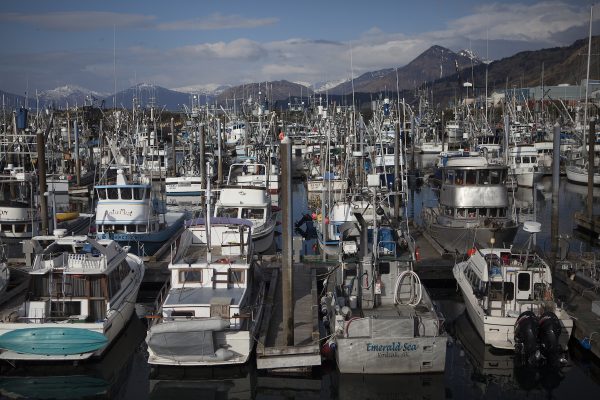
More than 650 boats fill Kodiak's two harbors. (Photo by Phil Hall / University of Alaska Anchorage)
Learn more about the Maritime Workforce Development Program on Kodiak College's website and see upcoming classes on Facebook.
Written by J. Besl, UAA Office of University Advancement
 "Opportunity knocks at the Kodiak docks" is licensed under a Creative Commons Attribution-NonCommercial 4.0 International License.
"Opportunity knocks at the Kodiak docks" is licensed under a Creative Commons Attribution-NonCommercial 4.0 International License.



